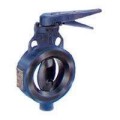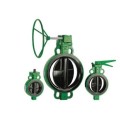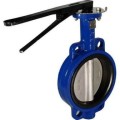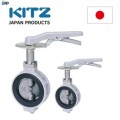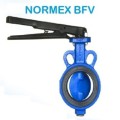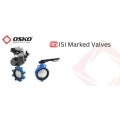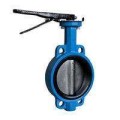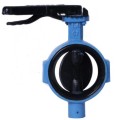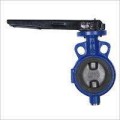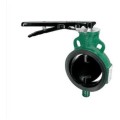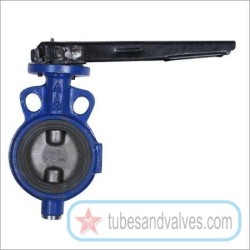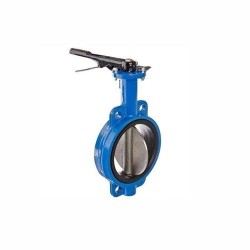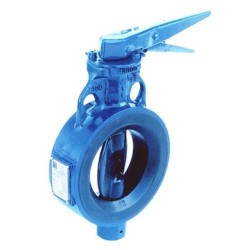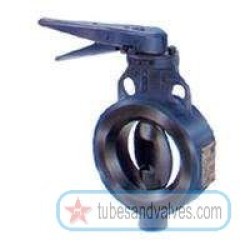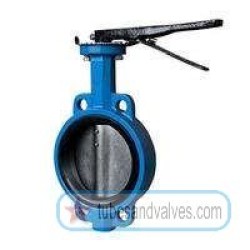Butterfly Valves Overview
Butterfly valves are flow control valves that allow water and other liquids to flow through them by means of a disk-shaped plate that opens and closes. This valve is typically used in applications where pressure and temperature levels are high, such as in chemical, refinery and water treatment plants. Butterfly valves can be operated manually, hydraulically, pneumatically or electrically and are typically used for controlling and regulating the flow of liquids and gases.
Operating Principle
The butterfly valve operates by featuring a disk-like closure element with a rod through its axis. This disk is generally designed in a concave or otherwise curved shape, which makes it easier to shut the valve off. The disk is then placed in the middle of the pipe and a nut is used to secure it in place. To open the valve, the disk is turned in a 90°-angle, which causes the disk to hinge outward and allow the water or gas to flow through the pipe. To close the valve, the disk is simply turned back in the opposite direction until it is perpendicular to the pipe, blocking the flow.
Benefits
Butterfly valves are an economical choice when compared to other valve types, such as gate and globe valves, due to its simple construction and ease of use. Compared to other valves, this type is also relatively lightweight, requiring less energy and materials to manufacture and affording easier installation. Additionally, butterfly valves also possess a smaller installation footprint, owing to their lateral seating design which allows them to be installed near the end of a pipe or at a junction.
Furthermore, the valves offer reliable performance, regardless of friction from the fluid or consistency of the flow. Additionally, these valves can withstand pressure of up to 200 PSI and temperatures of up to 370F, allowing them to work in even harsh and high-pressure environments.
Applications
The versatility of butterfly valves makes them ideal for a wide range of applications, including water and wastewater treatment systems, air and oil pipelines, sprinkler systems and even medical equipment systems. The lightweight and smaller size of the valve also makes installation in tight and constrained spaces easier, while the reliability makes them a preferred choice by many industries.
Additionally, the valve is used in different application styles and sizes, such as wafer, lug, dual plate and triple offset, each of which is able to accomplish a different level of valve control. This makes them suitable for any type of application and allows for easier adjustments as the environment shifts.
Conclusion
Butterfly valves are a reliable and versatile flow control valve that are widely used in many industries due to their lightweight and low cost construction, wide range of application styles, and their ability to withstand high pressure and temperatures. Through a simple turn of a disk-like plate, they are able to easily control the flow direction and rate, proving to be a cost-effective solution and one that can be used in a wide variety of environments.
Butterfly Valve FAQs
Butterfly Valve FAQs
What is a butterfly valve?
A butterfly valve is a type of valve that controls the flow of fluid through a pipe by using a disc-shaped element that rotates around a central axis. The disc is positioned perpendicular to the flow of fluid when the valve is closed and parallel to the flow when the valve is open.












































